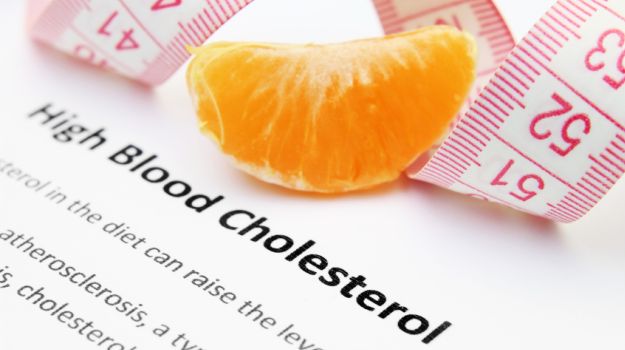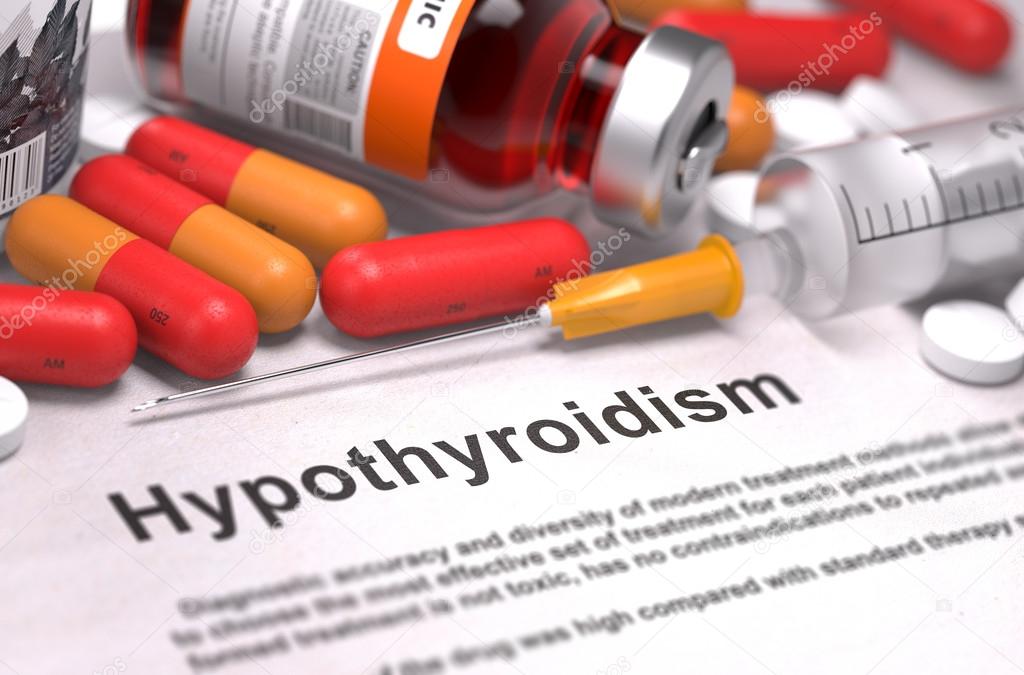11 effective ways to lower cholesterol levels that you usually condition
making small changes to your lifestyle can have a big impact on your cholesterol levels
Cholesterol is a waxy substance found in the blood, which plays a vital role in many bodily functions. However, too much of it can be harmful and increase the risk of heart disease. While there are numerous approaches for lowering cholesterol levels, not all of them are equally effective. If you're looking for guaranteed ways to lower your cholesterol, there are several proven strategies you can try, ranging from simple lifestyle changes to medications prescribed by your doctor. In this guide, we'll explore some of the most effective methods for reducing cholesterol levels, so you can improve your heart health and overall well-being.
* Here are 11 effective ways to lower cholesterol levels that can be applied every day:
>> Eat a healthy diet: A diet rich in fruits, vegetables, whole grains, and lean proteins can help lower cholesterol levels. Limiting saturated and trans fats, as well as cholesterol-rich foods, such as red meat and full-fat dairy products, is also important.
>> Exercise regularly: Physical activity can help raise HDL cholesterol (the "good" cholesterol) and lower LDL cholesterol (the "bad" cholesterol). Aim for at least 30 minutes of moderate-intensity exercise most days of the week.
>> Maintain a healthy weight: Being overweight or obese can increase cholesterol levels. Losing even a small amount of weight can help lower cholesterol levels.
>> Quit smoking: Smoking damages blood vessels and can increase LDL cholesterol levels. Quitting smoking can help improve cholesterol levels and overall health.
>> Limit alcohol intake: Drinking too much alcohol can increase triglyceride levels and lead to high cholesterol. Limiting alcohol intake can help lower cholesterol levels.
>> Take cholesterol-lowering medications: If lifestyle changes alone are not enough to lower cholesterol levels, your doctor may prescribe medication to help lower your cholesterol levels. There are several types of cholesterol-lowering medications, including statins, bile acid sequestrants, and niacin.
 |
| See how to lower cholesterol levels // NDTV Food |
>> Increase fiber intake: Soluble fiber can help reduce LDL cholesterol levels by binding to cholesterol in the digestive tract and preventing it from being absorbed into the bloodstream. Good sources of soluble fiber include oats, beans, barley, and fruits like apples and oranges.
>> Choose healthy fats: Replacing saturated and trans fats with unsaturated fats can help lower cholesterol levels. Good sources of unsaturated fats include olive oil, avocado, nuts, and fatty fish like salmon.
>> Add plant sterols and stanols: These compounds, found naturally in fruits, vegetables, and whole grains, can help lower LDL cholesterol levels. They are also available as supplements and added to some fortified foods, such as margarine and orange juice.
>> Manage stress: Chronic stress can increase cholesterol levels and raise the risk of heart disease. Finding healthy ways to manage stress, such as practicing relaxation techniques, can help lower cholesterol levels.
>> Get enough sleep: Poor sleep quality and sleep deprivation can lead to higher cholesterol levels. Aim for 7-9 hours of sleep per night to help maintain healthy cholesterol levels.
Remember, making small changes to your lifestyle can have a big impact on your cholesterol levels over time. Be patient and consistent in your efforts, and work closely with your healthcare provider to monitor your progress and adjust your plan as needed.
lowering cholesterol levels is a crucial step towards reducing the risk of heart disease and improving overall health. While it may seem overwhelming at first, making small changes to your lifestyle can have a significant impact on your cholesterol levels over time. By following a healthy diet, getting regular exercise, managing stress, and taking medication as prescribed by your doctor, you can be confident that you are taking the necessary steps to lower your cholesterol and protect your heart health. So don't wait - start incorporating these proven strategies into your daily routine today, and enjoy the many benefits of improved cholesterol levels for years to come!
R E A D :
- Balancing Convenience and Nutrition Exploring the Idea that Fast Food can be Healthy through Informed Choices for a Balanced DieI
- Dietary Changes for Lower Blood Pressure: 10 Best Habits Recommended by Dietitians
- Unleashing the Health Benefits of Apple Cider Vinegar: From Weight Loss to Cancer Prevention
- Blueberries The Magical Fruit that Improves Health from the Inside and the Outside














